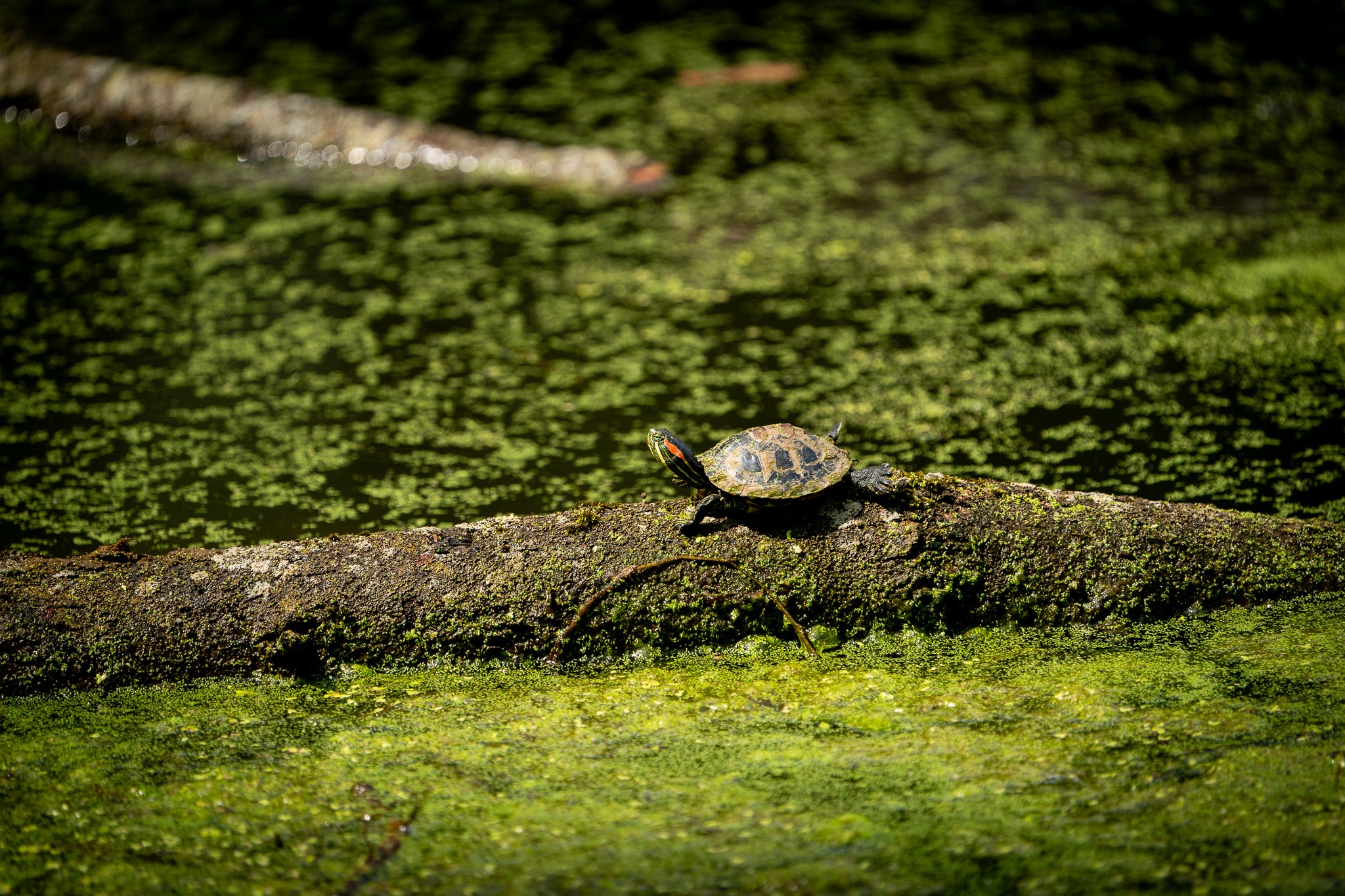Non-Profit Spotlight: Beacon Food Forest
By Amy Nelson
Lorem Ipsum
paragraph
Foraging is the new grocery shopping. At least, that’s the vision of the designers and community activists launching Seattle’s Beacon Food Forest.
Just 2.5 miles from downtown Seattle, in the middle of the Beacon Hill neighborhood, lays a seven-acre plot of city-owned land that is slated to be the nation’s largest urban food forest. When the land is fully developed, it will include garden plots, fruit and nut trees, play fields, a kids’ area, a wetland, a gathering spot, and an area devoted to native plants.
A food forest essentially mimics a forest ecosystem, in which each layer of that ecosystem is replicated using plants that humans actually use and like – for edible, medicinal and functional purposes. The design of the Beacon Food Forest is grounded in the ethics and principles of permaculture, in which designers choose from “an entire palette of systems to create resilient, abundant, and creative human habitats,” explains Jenny Pell of Permaculture Now!
The plans for this urban oasis were born out of a “dream design” generated by gardener and Beacon Hill resident Glenn Herlihy and three other students in 2009 as part of a permaculture design course run by Pell. Through community outreach, the project gained momentum and eventually secured $22,000 in initial funding from Seattle’s Department of Neighborhoods.
This allowed the steering committee to hire the design team of Margarett Harrison, Jenny Pell and David Boehnlein – who worked alongside Friends of the Beacon Food Forest to both engage the community in the design process and ensure that feedback from the community was incorporated in the final design.
“Friends of the Food Forest undertook heroic outreach efforts to secure neighborhood support. The team mailed over 6,000 postcards in five different languages, tabled at events and fairs, and posted fliers” writes Robert Mellinger for Crosscut.
The group has now secured $100,000 in seed money to get the initial phase of the project (a 1.75 acre plot) underway – Glenn Herlihy calls it a “micro of the macro design.” They plan to break ground this summer.
As the land belongs to Seattle Public Utilities and the project itself falls under the umbrella of Seattle’s Department of Neighborhoods’ P-Patch community gardening program, there were a number of city agencies that had to be consulted, and a number of unusual land use restrictions that had to be incorporated into the design. However, once city officials recognized the project’s commitment to community involvement, their support has been enthusiastic. Furthermore, it is a vibrant illustration of the city’s commitment to development of urban agriculture.
Both Herlihy and Pell are quick to emphasize that food forests are not new to us – that many communities have been doing this on a smaller scale for years. But “…creating a system on public land that combines the concepts of urban farms, orchards, and natural forest, and depending on collaborative community effort to keep it going, represents uncharted territory for the now-flourishing urban-farming movement,” writes Claire Thompson for Grist.
Another key to the innovative project is the educational initiatives available to the larger community on local food production, propagation, and harvesting. As Pell comments, “so many Americans are so used to eating unripe fruit, they don’t know what a truly ripe, fresh off the tree plum might look or taste like.” She also notes that a sizable part of the budget is slated simply for signage: ways to let people know that certain crops are ripe, or that others need more time before being plucked off the trees.
Ongoing educational workshops on-site will not only help inform the community but encourage a vested ownership. The workshops will be organized to match the biggest need coming up within the forest itself. Upcoming sessions will cover sheet mulching and seedling propagation. A the forest matures, there will be ongoing educational opportunities covering everything from grafting trees to putting up the harvest.
The Beacon Food Forest is a model of collaborative community management, with members of the Food Forest community working towards not just new food sources, but a growing awareness of the abundance that nature’s forests – when planted with a design that maximizes their innate strengths – are happy to provide.
If you’re thinking of starting your own food forest, you may want to check out Jenny Pell’s Edible Forest Garden Design Intensive, scheduled for September 14-23 in Portland, OR. Registration information can be found at www.manav.org
